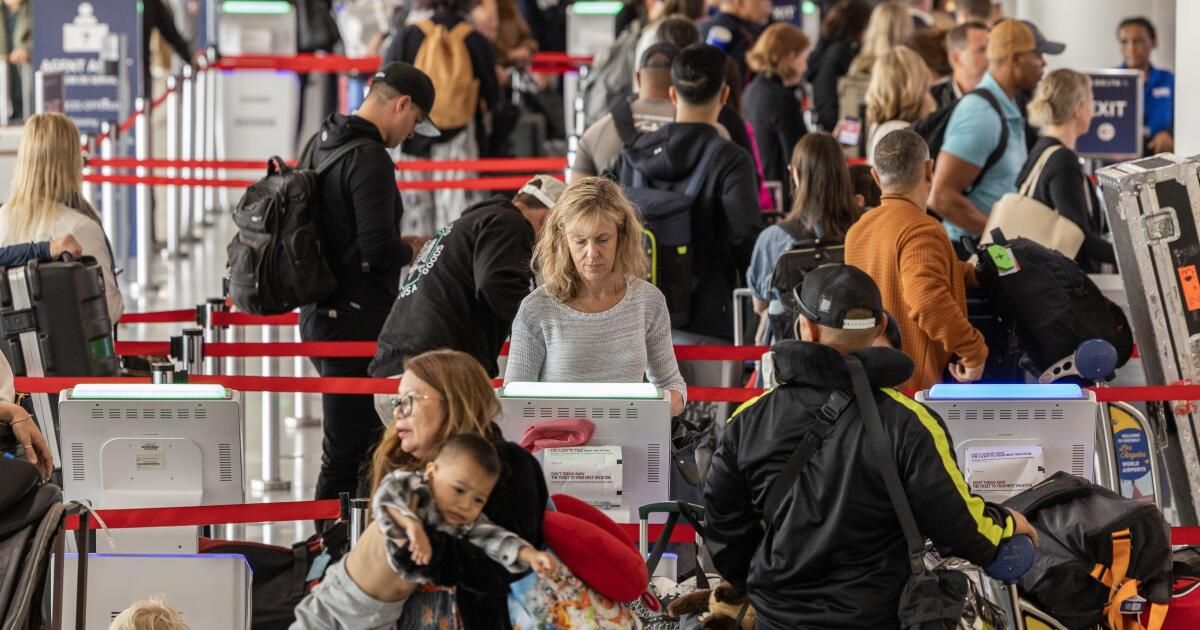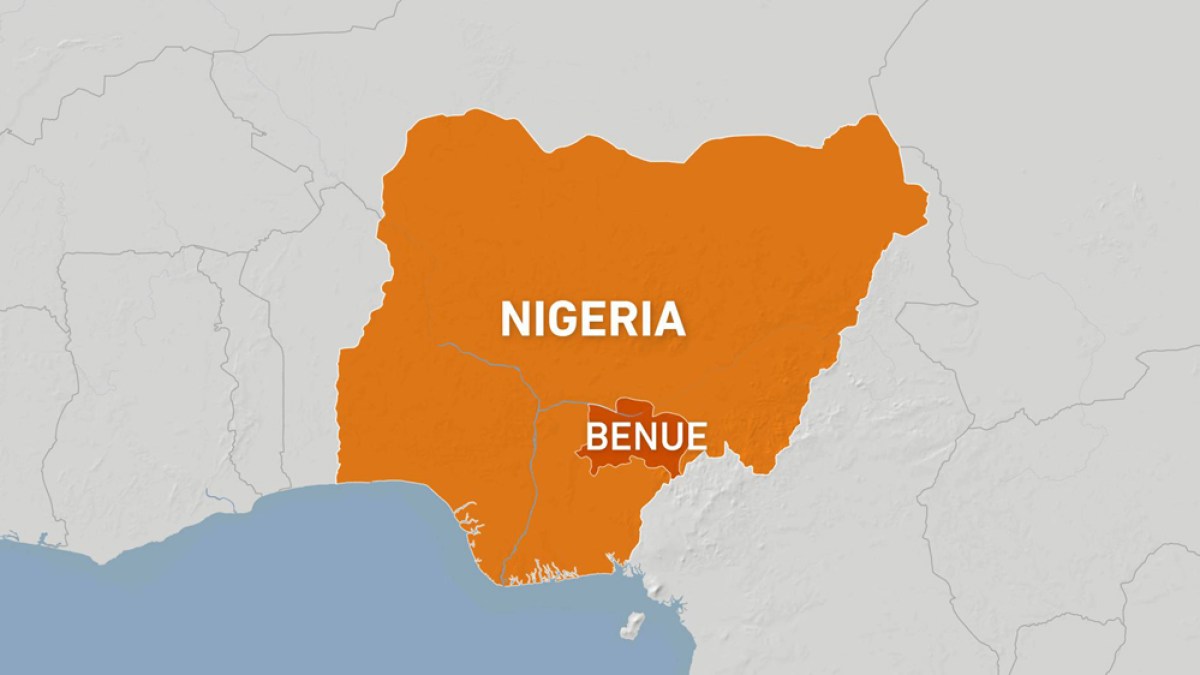Inflation cooled more than expected in June, helped by falling prices for cars, gasoline and airline tickets — a boost for the summer travel season — as well as a much-needed easing in housing costs, the government reported Thursday.
Overall, consumer price inflation for all goods and services rose 3% in June from a year earlier, up from 3.3% in the previous month.
And, importantly, the annual rate of food inflation fell below the Federal Reserve's 2% inflation target, thanks in part to strong returns from specialty crops and California dairy products.
Whether the improvement will gain political support for embattled President Biden remains an open question, but the good news may encourage the Fed to make a long-awaited rate cut as early as September.
“There is finally light at the end of the tunnel after the central bank's long battle with inflation and interest rate cuts, many of which are on the way,” said Chris Rupkey, chief economist at FwdBonds, an economic and markets research firm in New York.
High interest rates have hit small businesses and lower- and middle-class consumers especially hard, as the cost of credit card borrowing, auto and home mortgages and home equity loans have risen to their highest levels in more than two decades.
Those rates are tied to policies set by the Federal Reserve. The central bank raised its benchmark interest rate to a four-decade high last July in its effort to combat inflation, and has been cautious — too cautious, in the view of many economists — about beginning to lower rates.
Earlier this week, Federal Reserve Chairman Jerome Powell, while sounding more optimistic about an imminent policy shift, said he wanted to see more positive economic data before he began cutting interest rates.
In addition to Thursday’s inflation report, the latest monthly employment statistics indicate that the labor market and wages are cooling but still advancing at a solid pace. Taken together, they are the kind of positive data Powell and his colleagues are looking for.
“The Fed’s 2% inflation target appears achievable, paving the way for interest rates to potentially fall in the near future,” said Sung Won Sohn, a professor of finance and economics at Loyola Marymount University in Los Angeles. “This shift could have significant implications for economic policy and business strategies going forward.”
The inflation report showed that prices for auto insurance, hospital services and housing, which includes rent and makes up a large part of the overall consumer price index, remain high. But most analysts expect housing inflation, which was 5.1% in June, to moderate in coming months.
The outlook for food prices, another important category for shaping consumer attitudes about inflation, also looks favorable. Household food prices rose by just 1.1% in June compared with a year earlier, a sharp drop from the 11% recorded in the second half of 2022.
“We haven’t erased what happened in 2021 and 2022, so consumers are still feeling the pain,” said Ricky Volpe, an agribusiness professor at Cal Poly San Luis Obispo. But he noted that all indications are that food inflation has cooled and will likely remain subdued in the near term, in part because of strong production in states like California, which is a big supplier of specialty crops, such as fruits, rice and nuts, and dairy products.
Despite the current scorching conditions in many parts of California, he said, “this is the third consecutive winter with above-average precipitation,” a crucial component of the state’s food production capacity. “Inflation is coming down.”












